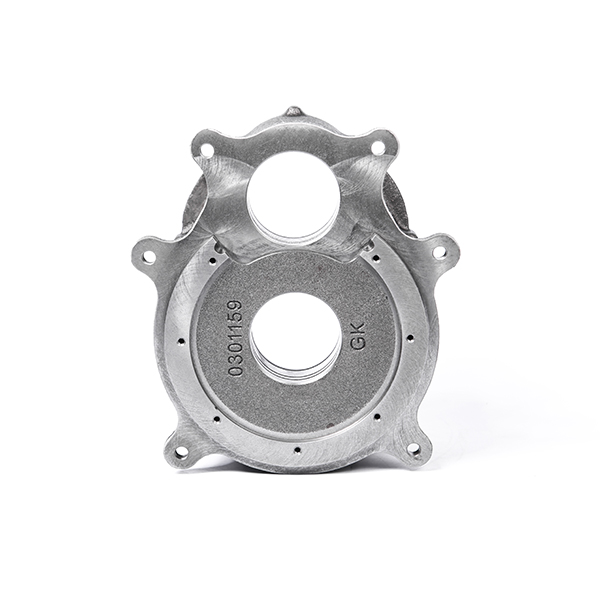Mobile:+86-311-808-126-83
Email:info@ydcastings.com
Exploring the Performance Features and Design of the EA888 Exhaust Manifold for Enhanced Efficiency
Understanding the EA888 Exhaust Manifold A Key Component in Engine Performance
The EA888 engine is a popular inline-four engine developed by the Volkswagen Group that has gained significant praise for its performance and efficiency. It’s found in a variety of vehicles across different brands, including Audi, Volkswagen, and SEAT. One of the critical components of this engine is the exhaust manifold, which plays a vital role in determining overall engine performance, efficiency, and emissions control.
What is an Exhaust Manifold?
The exhaust manifold is a crucial part of an internal combustion engine, serving as the first point of exit for exhaust gases produced during combustion. Its primary function is to collect exhaust gases from the engine’s cylinders and direct them into the exhaust system. An effective exhaust manifold is essential for maintaining optimal engine performance, as it helps ensure that exhaust gases are expelled efficiently, reducing back pressure and allowing the engine to breathe better.
Design of the EA888 Exhaust Manifold
The EA888 exhaust manifold features a cast iron or stainless steel construction, designed to withstand high temperatures and pressures. The manifold’s design is engineered to minimize turbulence and optimize airflow. In the case of the EA888, the manifold incorporates modern design elements such as integrated turbocharger mounting points. Turbocharged versions of the EA888 utilize a twin-scroll turbocharger that benefits greatly from a well-designed exhaust manifold, which helps in effectively managing exhaust pulses.
The manifold's placement and configuration are also pivotal, as they impact the overall packaging of the engine bay and vehicle dynamics. The EA888's compact design makes it a versatile option for various vehicle platforms, allowing manufacturers to maintain a focus on performance without sacrificing space.
ea888 exhaust manifold

Performance Advantages
One of the standout features of the EA888 exhaust manifold is its contribution to performance. By effectively channeling exhaust gases away from the engine, the manifold helps reduce turbo lag in turbocharged applications. This results in quicker engine response and better overall performance under a variety of driving conditions. The integration of the turbocharger allows the exhaust gases to spin the turbine more effectively, leading to an increase in power and torque delivery.
Furthermore, an efficient exhaust manifold design plays a crucial role in enhancing fuel efficiency. By optimizing exhaust flow and reducing back pressure, the engine can operate more efficiently, leading to improved fuel economy. This is particularly important in today's market, where emissions regulations are becoming increasingly stringent, and consumers demand more fuel-efficient vehicles.
Emissions Control
In addition to performance and efficiency, the EA888 exhaust manifold aids in emissions control. With the heightened focus on environmental sustainability, automotive manufacturers have integrated advanced technologies in the exhaust manifold to facilitate better emissions management. The manifold is part of a comprehensive system that includes catalytic converters and other after-treatment technologies to ensure that vehicles meet strict emissions standards.
Conclusion
In conclusion, the EA888 exhaust manifold is a significant contributor to the engine's overall performance, efficiency, and emissions control. Its sophisticated design allows for improved airflow, reduced turbo lag, and enhanced fuel economy, making it a critical component for vehicles equipped with the EA888 engine. As automotive technology continues to evolve, the importance of a well-engineered exhaust manifold will remain paramount, ensuring that engines not only perform at their best but also adhere to modern environmental standards. The EA888 stands as a testament to how thoughtful engineering can lead to impressive advancements in automotive design and performance.
-
Why Should You Invest in Superior Pump Castings for Your Equipment?NewsJun.09,2025
-
Unlock Performance Potential with Stainless Impellers and Aluminum End CapsNewsJun.09,2025
-
Revolutionize Your Machinery with Superior Cast Iron and Aluminum ComponentsNewsJun.09,2025
-
Revolutionize Fluid Dynamics with Premium Pump ComponentsNewsJun.09,2025
-
Optimizing Industrial Systems with Essential Valve ComponentsNewsJun.09,2025
-
Elevate Grid Efficiency with High-Precision Power CastingsNewsJun.09,2025











